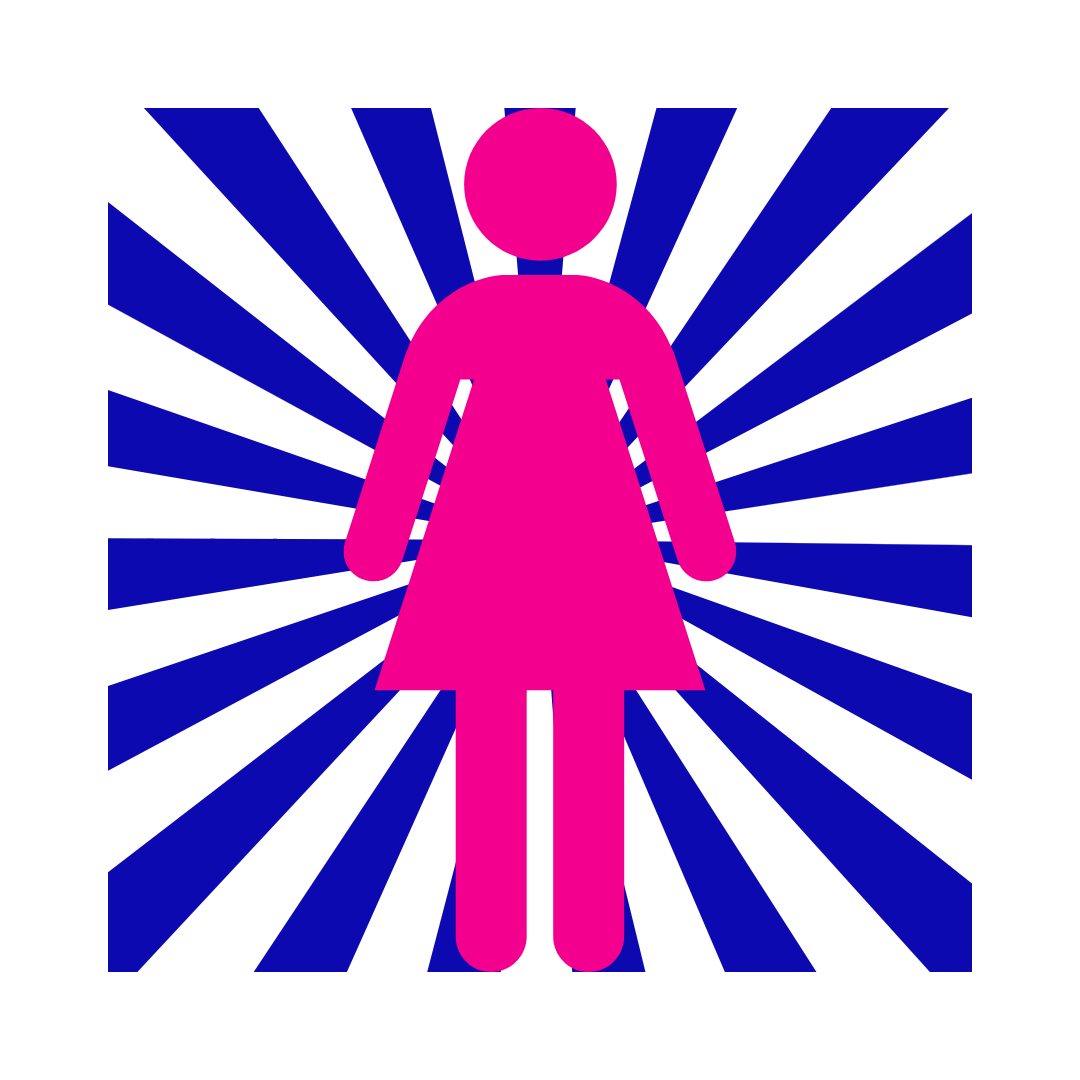This is the best summary I could come up with:
The diplomat describes the protests sparked by Mahsa Amini’s death as a huge, and terminal, “turning point” for the regime, which has tried to control how women dress and behave for more than four decades.
Donya says people in Tehran continue to deface government billboards and to write “#Mahsa” and “Woman, Life, Freedom” - the rallying cry of the protests - on walls, mostly on the subway.
The morality police patrols, which were temporarily paused in the wake of the protests following Mahsa Amini’s death, have been visible again in the past few weeks - though Donya says they seem to be wary of provoking direct confrontation for fear of reigniting mass demonstrations.
It’s impossible to gauge exactly how many people would like to see the end of the Islamic Republic, but fury at the regime is widespread, according to film-maker Mojgan Ilanlou, who was jailed last October for four months after taking off her veil and criticising Iran’s supreme leader.
“The women of Iran have crossed the threshold of fear,” she tells me from her home in Tehran, though she admits that the latest round of repression has been so “horrifying” that for 10 days last month she decided to de-activate her Instagram account - where she regularly posts pictures of herself unveiled in public.
A draft law currently before parliament - the so-called Hijab and Chastity Bill - would impose new punishments on women who go unveiled, including fines of 500m-1bn rials [$118-$23,667] and prison terms of up to 10 years for “those who do not comply… in an organised way or encourage others to do so”.
The original article contains 1,801 words, the summary contains 269 words. Saved 85%. I’m a bot and I’m open source!


